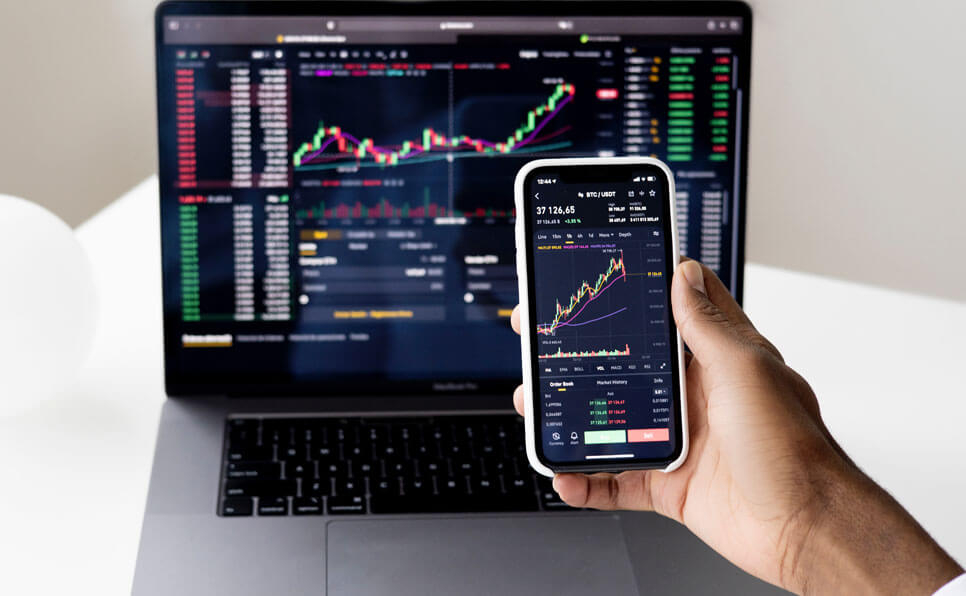Focus Keyphrase: History of the Egyptian Pound
📝 Intro
The history of the Egyptian Pound spans centuries — from ancient coinage to one of the Middle East’s most traded currencies. It played a crucial role in the Ottoman Empire, British protectorate rule, and modern economic transformation. Let’s explore how Egypt’s currency evolved through empires, revolutions, and reforms.
🏺 Early Money in Egypt
Currency in Egypt dates back to Pharaonic barter systems, but the Egyptian Pound as we know it was introduced in 1834.
It replaced the piastre as the main unit of account and was initially linked to gold and silver standards.
🇬🇧 Colonial Influence and the Pound Sterling Link
During British rule (1882–1952), the history of the Egyptian Pound shifted dramatically.
It became pegged to the British Pound Sterling, facilitating trade but also limiting monetary independence.
💱 Post-Independence Currency Reforms
After the 1952 revolution, Egypt restructured its monetary system:
- 1961: Established the Central Bank of Egypt (CBE)
- 1970s–80s: Pegged to USD, followed by multiple devaluations
- 2016: Full float of the Egyptian Pound under IMF reform
📉 Current Status of the Egyptian Pound
Today, the EGP experiences frequent devaluations and faces pressure from:
- Inflation
- Tourism volatility
- Dollar scarcity
Yet, it remains a vital currency in African and Middle Eastern trade.
💡 Did You Know?
In 2023, Egypt launched plastic polymer banknotes — starting with the 10 EGP note — for durability and anti-counterfeiting.
❓ FAQs
Q1: When was the Egyptian Pound introduced?
A: In 1834, replacing the piastre.
Q2: Is the Egyptian Pound pegged or floating today?
A: It is floating, since the 2016 IMF reforms.
